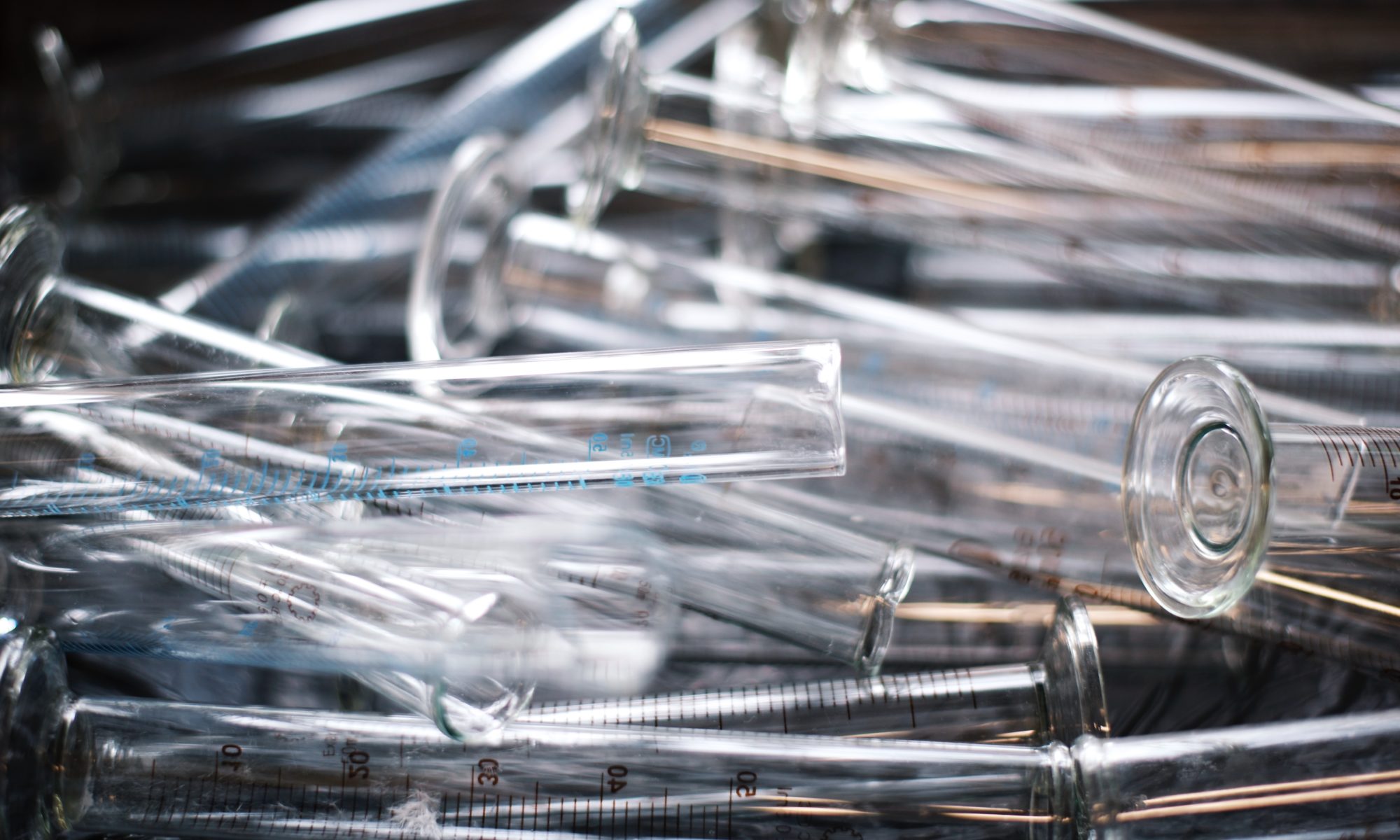Electrodialysis Scale Up in a Chemical Process

Electrodialysis appears firstly in drinking water production plant (seawater desalinization). As dialysis technology, Electrodialysis principle is based on compounds separation through a membrane, but transfer is helped with electrical field application. The second specificity of Electrodialysis is its membranes nature. Membranes specifically overlook ionic species according to their load’s sign (+, – or neutral). With this separation principle, two Electrodialysis technologies are possible: Conventional Electrodialysis and Bipolar Electrodialysis.
With Bipolar Electrodialysis, it is possible to regenerate weak acid compounds from their sodium salt form for example or generate acid and basis compounds from a salt (NaOH and H2SO4 can be regenerated from Na2SO4 for example). This is a very attractive technology in order to regenerate or recycle products / flows in process.
Conventional Electrodialysis eliminates ionic species from solutions (desalinization process). It is a purification technology.
Electrodialysis principle is simple, but several questions appears before piloting and design an electrodialysis plant.
What are key parameters for piloting step (Faradic yield, System resistivity, System efficiency…)?
How sure electrodialysis plant will be able to run 8000 hours per year (membranes lifetime, Electrodialysis robustness …) and how anticipate Electrodialysis plant ageing.
What are limits of economic interest of Electrodialysis (electrical consumption vs regenerated solution price/cost)?
With these different answers, how scale up Electrodialysis?
Finally try to anticipate unpredictable because Electrodialysis plant cannot stop …
Event Timeslots (1)
Wednesday, March 7th
-
OC4

